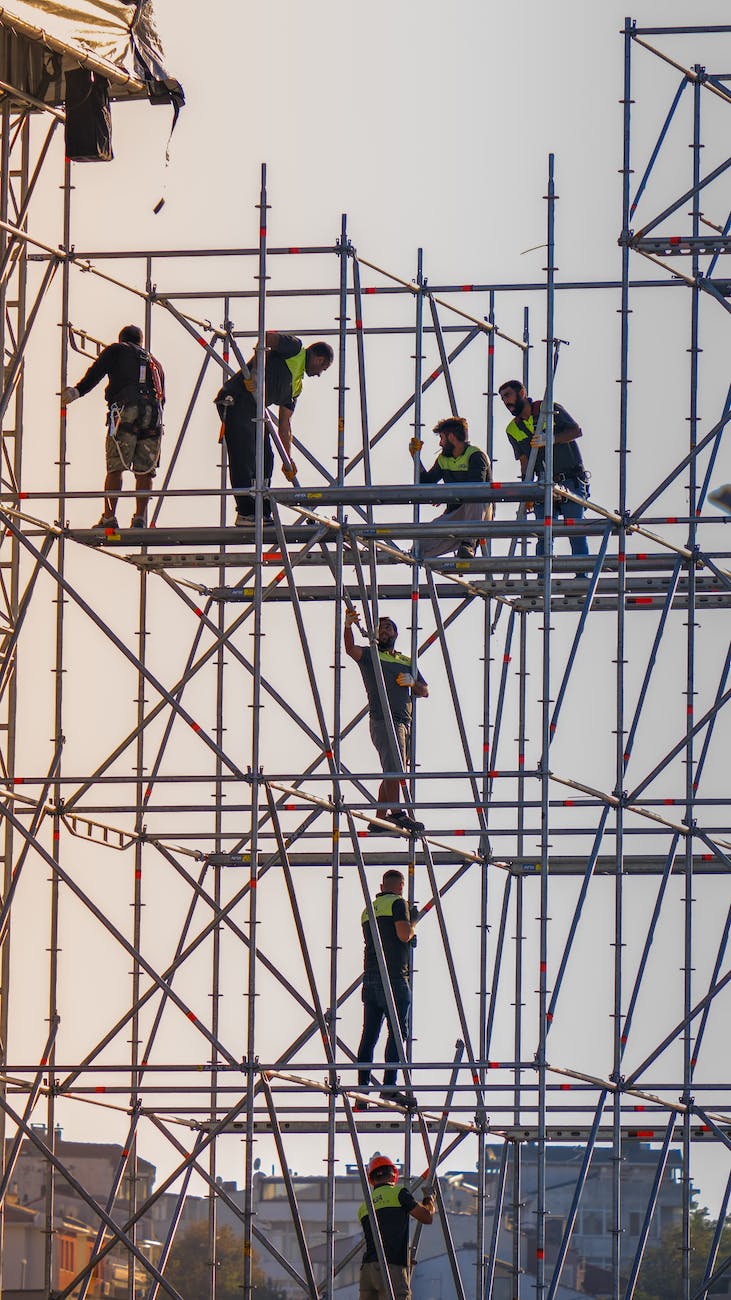
Scaffolding Safety 2024
Introduction to Scaffolding Safety
Scaffolding plays a crucial role in construction and renovation projects, providing access and support for workers at heights. However, ensuring safety in scaffolding practices is paramount. According to recent statistics, a significant number of workplace accidents are attributed to scaffolding-related incidents. This article delves into the key aspects of scaffolding safety in 2024 and the measures to mitigate risks effectively.
Types of Scaffolding
Supported Scaffolding
Supported scaffolding, the most common type, relies on rigid support structures, offering stability for various construction tasks. Understanding its design and proper assembly is fundamental to ensuring safety.
Suspended Scaffolding
Suspended scaffolding hangs from overhead structures, granting access to vertical surfaces. Its proper installation and maintenance are critical to preventing accidents.
Aerial Lifts
The usage of aerial lifts has increased due to their convenience, yet their safe operation and compliance with safety standards are essential.
Common Risks and Hazards
Scaffolding poses several risks, including fall hazards, structural instability, and potential electrocution. Understanding these risks is crucial in devising preventive measures.
Safety Regulations and Standards
Government bodies like OSHA have stringent regulations and safety standards to govern scaffolding practices. Compliance is imperative to ensure a safe working environment.
Proper Scaffolding Inspection and Maintenance
Routine inspection using a comprehensive checklist and timely maintenance are pivotal in identifying and rectifying potential safety hazards.
Safety Training and Awareness
Importance of Training
Providing thorough training to workers on scaffold usage and safety protocols significantly reduces accidents.
Awareness Campaigns
Educating workers through awareness campaigns fosters a safety-conscious culture, emphasizing the importance of adherence to safety guidelines.
Innovations in Scaffolding Safety
Technological advancements and improved safety equipment are continuously enhancing scaffolding safety. Implementing these innovations ensures better protection for workers.
Case Studies: Successful Implementation of Safety Measures
Several companies have prioritized safety measures in scaffolding, showcasing successful implementation strategies that have reduced accidents significantly.
Cost of Non-Compliance
Apart from human costs, scaffolding accidents result in substantial financial implications and damage to a company’s reputation.
Best Practices for Scaffolding Safety
Use of Personal Protective Equipment (PPE)
Mandatory use of PPE, including helmets, harnesses, and safety shoes, mitigates injury risks.
Regular Safety Audits
Conducting routine safety audits ensures compliance and identifies areas for improvement in safety protocols.
Creating a Safety Culture
Establishing a safety-oriented culture involves leadership commitment, employee involvement, and shared responsibility.
Challenges and Future Outlook
The construction industry faces challenges in ensuring scaffolding safety, but ongoing advancements and increased awareness promise a safer future.
Conclusion
Scaffolding safety remains a critical concern in 2024. Implementing stringent regulations, fostering a safety-conscious culture, and embracing technological innovations are pivotal in ensuring a secure working environment.
Scaffolding Hazards and Safety Precautions
How To Make JSA for Scaffolding Activity
How to Make HIRA on Scaffolding?
Scaffolding Basic Safety Knowledge
FAQs
- Why is scaffolding safety crucial? Scaffolding accidents contribute significantly to workplace injuries and fatalities. Prioritizing safety saves lives.
- How often should scaffolding be inspected? Regular inspections, preferably before each use and after adverse weather, are recommended.
- What role do employees play in scaffolding safety? Employees are integral in adhering to safety protocols, reporting hazards, and participating in training programs.
- Are there penalties for non-compliance with safety regulations? Yes, non-compliance can lead to severe penalties, including fines and work stoppages.
- What are the upcoming trends in scaffolding safety? Future trends include more advanced safety equipment and enhanced training methodologies to further minimize risks.
























